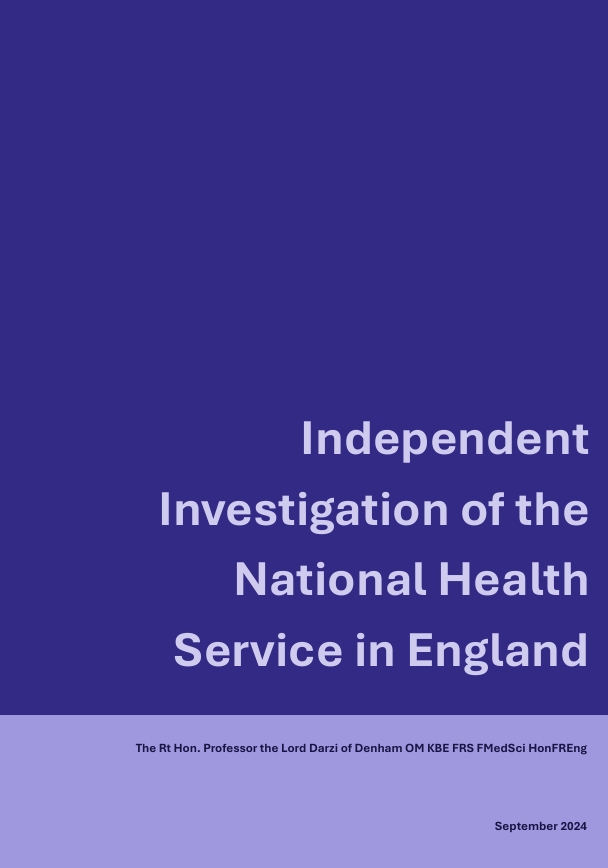Introduction
The landscape of cardiovascular disease (CVD) policy in the UK is undergoing significant transformation, driven by a growing recognition of the need for comprehensive and preventative approaches to tackle one of the nation’s leading causes of mortality and morbidity. Recent initiatives and reports have highlighted the urgent need for systemic changes in the CVD pathway and increased awareness and investment in CVD care and treatments in the NHS.
Key findings of the Darzi Report
In July 2024, the Secretary of State for Health and Social Care commissioned Lord Darzi to conduct an independent investigation into the NHS. This investigation aimed to provide a comprehensive understanding of the current performance of the NHS, identify key challenges, and set a baseline for the upcoming NHS ten-year plan. The report came as a response to growing concerns about the NHS’s ability to meet the needs of the population, including surging waiting lists, financial constraints, and the impact on long-term diseases, including CVD.
The Darzi Report highlights several critical issues facing the NHS, including a £37 billion capital spending shortfall. It emphasised the need for a shift towards more preventative care, better integration of services, and increased investment in community and primary care. These insights will feed into the government’s ten-year plan, expected to be published in Spring 2025.
The state of CVD care in the UK: policy developments and initiatives
The report also specifically highlights the state of CVD care in the UK, emphasising several areas of concern. It points out that CVD remains a leading cause of mortality and morbidity in the UK, with the current system struggling to provide timely and effective care. The report called for increased investment in CVD services, including better access to diagnostic tools, more specialist staff, and enhanced community-based care to manage conditions more effectively.
In a significant development, the British Heart Foundation (BHF) recently launched a campaign in Parliament, calling for a national CVD plan. The BHF’s analysis suggests that up to 11,000 early deaths a year from heart and circulatory diseases could be avoided by 2035 with the help of a comprehensive heart disease action plan. The charity’s campaign, “Hearts Need More,” highlights the urgent need for measures to reduce early death and disability from cardiovascular disease, including reducing waits for heart treatment, addressing obesity and smoking, tackling health inequalities, and powering research and innovation.
A positive shift towards better CVD outcomes
The recommendations of the Darzi Report align closely with the Labour government’s healthcare priorities and the policy asks of patient groups, such as the BHF. Labour has advocated for a stronger focus on preventative care, reducing health inequalities, and improving access to community health services. The report’s emphasis on shifting resources from hospitals to community settings, investing in digital health technologies, and prioritising preventative measures resonates well with the needs of the CVD patient population in the UK.
The Darzi Report, along with the BHF’s recent campaign, underscores the need for targeted investments and systemic change to improve outcomes for patients with CVD. These efforts represent a positive shift towards a more CVD-focused policy environment, aiming to raise awareness of CVD and enhance the quality of care for those affected by cardiovascular diseases.

